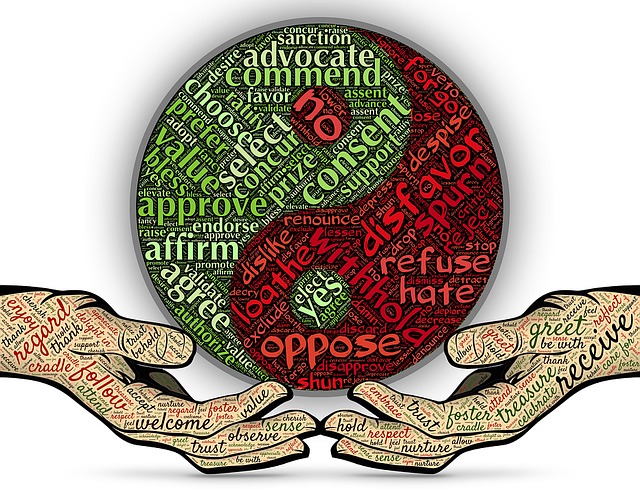Sounds True founder, Tami Simon, recently interviewed Pema Chödrön as part of the podcast series, Resilience in Challenging Times. The theme of Pema’s interview podcast was Compassionate Abiding – an emphasis on building resilience by abiding in, or inhabiting, difficult emotions while extending loving-kindness to our self and others. Her focus was on ways to become “embodied” – being fully in touch with the physical manifestations of our feelings.
Pema acknowledged that many people worldwide are feeling lost and experiencing “groundlessness”. This is normal and natural in these challenging times when everything has been upended – intrastate, interstate and international travel, location of work, availability of work, education of children and adults, health risks, financial security and relationships. We are now having to connect from a distance – with our colleagues, friends and extended family. People in the streets, cafés and shops are wearing masks and observing social distancing – avoidance is the new norm in interactions.
Becoming grounded in your body
With this pervasive upheaval, it is difficult to stay grounded and avoid being swept away by a torrent of difficult emotions. Pema maintains that the one, immediately accessible control point is your body. Your difficult emotions can manifest in your body as tightness in your chest, pain in your arms or legs, headaches, upset stomach, racing pulse or any other physical form of constriction, acceleration or discomfort. Pema contends that the pathway to resilience lies in immersing yourself in your feelings and associated bodily sensations through your breathing. She argues that it is important to “lean into your sharp points and fully experience them”.
Pema offered a breathing exercise during her interview podcast (at the 16-minute mark). She encouraged listeners to get comfortable (sitting, lying or walking) and to ask themselves, “What does a specific feeling (e.g. anxiety) feel like in my body?’ You are encouraged to explore the depth and breadth of the feeling through self-observation and self-exploration – locating the point(s) of manifestation of the feeling in your body.
Conscious breathing with kindness and self-compassion
Having named your feeling and fully experienced its manifestation in your body, the next step is to take three conscious breaths – breathing in and out deeply, feeling your lungs expand with the in-breath and experiencing a sense of release/relief on your out-breath. Pema argues that in this way we are accessing the “wisdom of our emotions” – emotions that have been shaped by our personality, life experiences and responses to triggers. This process can be repeated over a longer period if the level of personal agitation is high. Pema mentioned that in one of her recent experiences of a difficult emotion, it took her half an hour to achieve equilibrium and peace through this breathing exercise.
For some people, the focus on breath may be too traumatic because it generates painful flashbacks to adverse childhood experiences or too demanding because of respiratory difficulties or other physical disability. In this scenario, Pema suggests that embracing yourself, rocking, tapping or a more analytical approach could work to tame the emotions and dampen the associated feelings.
As you breathe into and out of your feelings, it is important to extend loving-kindness to yourself – avoiding negative self-talk that is debilitating and disabling. Each person has a different way of expressing self-compassion and acknowledgement of their inherent goodness. Pema maintains that “the essence of bravery is being without deception” – having the courage to face up to what we are not happy with in ourselves, as well as what we admire. By holding our faults, deficiencies and prejudices in loving kindness and understanding, we can move beyond self-deception, self-loathing and self-recrimination. It takes a brave person to face the reality of what they feel and why, and to open themselves to self-intimacy and self-empowerment. Pema suggests that as we extend kindness to our self, we imagine our heart opening wide and filling an ever-expanding space.
Reflection
Pema is a humorous, grounded and practical meditation teacher who has written many books including Start Where Your Are and When Things Fall Apart. She provides a free e-book titled, 5 Teachings of Pema Chödrön. Pema has also developed an online course, Freedom to Love, covering the principles and practices mentioned in this blog post as well as a penetrating exploration of resilience through compassion towards others.
After many years of meditation and teaching, Pema Chödrön has developed a quiet, down-to-earth, insightful approach that makes you want to learn more from her. To me, she evidences the calmness and peace that she promotes.
Consistent with other mindfulness teachers, Pema encourages spending time in nature, walking and other forms of movement. As we grow in mindfulness through our breathing, self-exploration and self-intimacy, we can better access our own sense of peace and resilience in the face of very challenging times.
_______________________________________
Image by jplenio – My pictures are CC0. When doing composings: from Pixabay
By Ron Passfield – Copyright (Creative Commons license, Attribution–Non Commercial–No Derivatives)
Disclosure: If you purchase a product through this site, I may earn a commission which will help to pay for the site, the associated Meetup group and the resources to support the blog.


